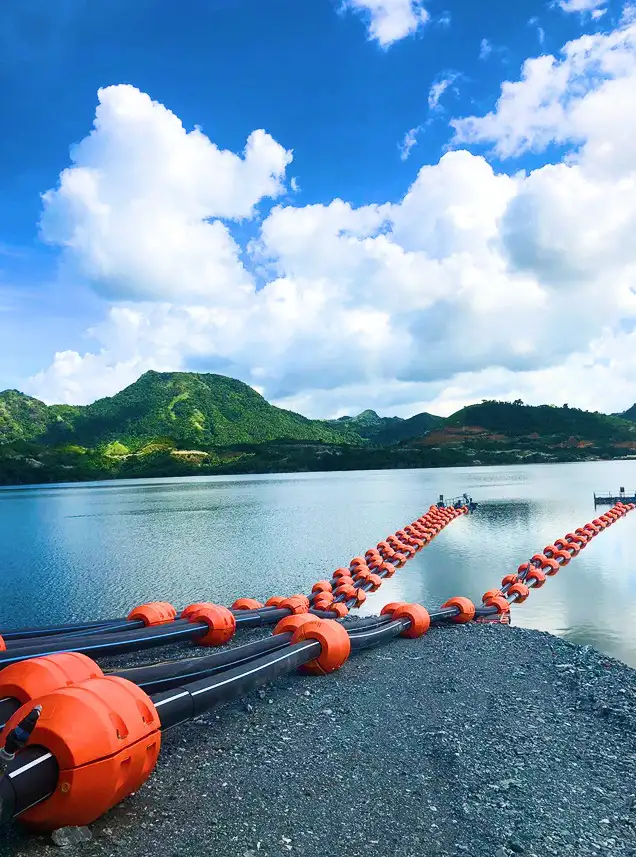Time: 2025-06-19 02:54:31 Source: Max Pipe
HDPE pipes are a type of plastic pipe made from high-density polyethylene, a versatile thermoplastic material known for its excellent strength-to-density ratio. These pipes are distinct from standard plumbing pipes due to their specialized design, often featuring flanged ends for easy connection and incorporating floaters to keep them buoyant on water surfaces.
The increasing popularity of HDPE pipes in dredging can be attributed to a multitude of beneficial properties:
Lightweight and Easy to Handle: Compared to traditional materials like steel, HDPE pipes are significantly lighter (often 1/8th the weight of steel). This dramatically reduces transportation costs and makes installation and disassembly much quicker and easier, requiring less heavy machinery and labor.
Corrosion and Chemical Resistance: Dredging environments often involve abrasive materials, saltwater, and various chemicals. HDPE pipes are highly resistant to corrosion, rust, decay, and chemical attack, ensuring a longer lifespan and reducing the need for frequent replacements or repairs, even in harsh marine conditions.
Abrasion Resistance: The smooth interior surface of HDPE pipes minimizes friction, allowing for efficient flow of dredged materials and reducing wear and tear caused by abrasive sediments like sand and gravel. This superior abrasion resistance contributes to their longevity.
Flexibility and Adaptability: HDPE pipes are inherently flexible, allowing them to bend and conform to the contours of the seabed or riverbed, as well as accommodate ground movement, waves, and other dynamic forces. This flexibility reduces the need for numerous fittings and joints, simplifying installation and mitigating the risk of damage.
Leak-Free Joints: HDPE pipes are typically joined using heat fusion techniques (such as butt welding or electrofusion), creating strong, homogenous, and leak-free connections that are often stronger than the pipe itself. This eliminates the risk of leaks, which is crucial for preventing environmental contamination and maintaining operational efficiency.
Durability and Longevity: With a lifespan often exceeding 50 to 100 years, HDPE pipes offer exceptional durability and a high return on investment. They are resistant to impact, fatigue, and biological growth, ensuring long-term performance even under demanding conditions.
Environmental Benefits: HDPE is a recyclable material, contributing to a circular economy. Its production and transportation generally consume less energy compared to metal alternatives, resulting in a lower carbon footprint and aligning with environmental sustainability goals.
Cost-Effectiveness: While the initial cost of HDPE pipes might sometimes be higher than traditional materials, their long-term cost-effectiveness is significant due to reduced maintenance, repair, and replacement needs, as well as lower installation and transportation expenses.
HDPE pipes are primarily used in dredging for:
Transporting dredged materials (slurry): This is their most common application, efficiently moving sand, mud, silt, and debris from the dredging site to a disposal area.
Discharge outlets for dredged sediments: They form the pipeline through which the dredged material is discharged ashore or to a designated location.
Flotation pipes: When equipped with floaters, they are used as floating pipelines to keep dredging equipment and discharge lines afloat on water surfaces.
In essence, HDPE pipes have become an indispensable component in modern dredging, offering a compelling combination of durability, flexibility, efficiency, and environmental responsibility that surpasses traditional piping materials.
